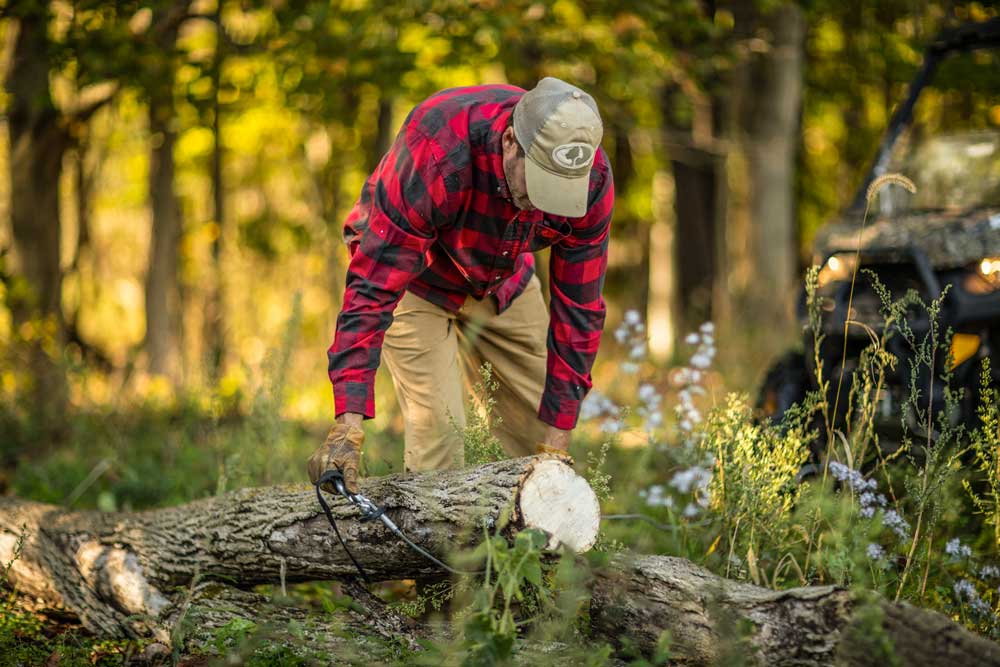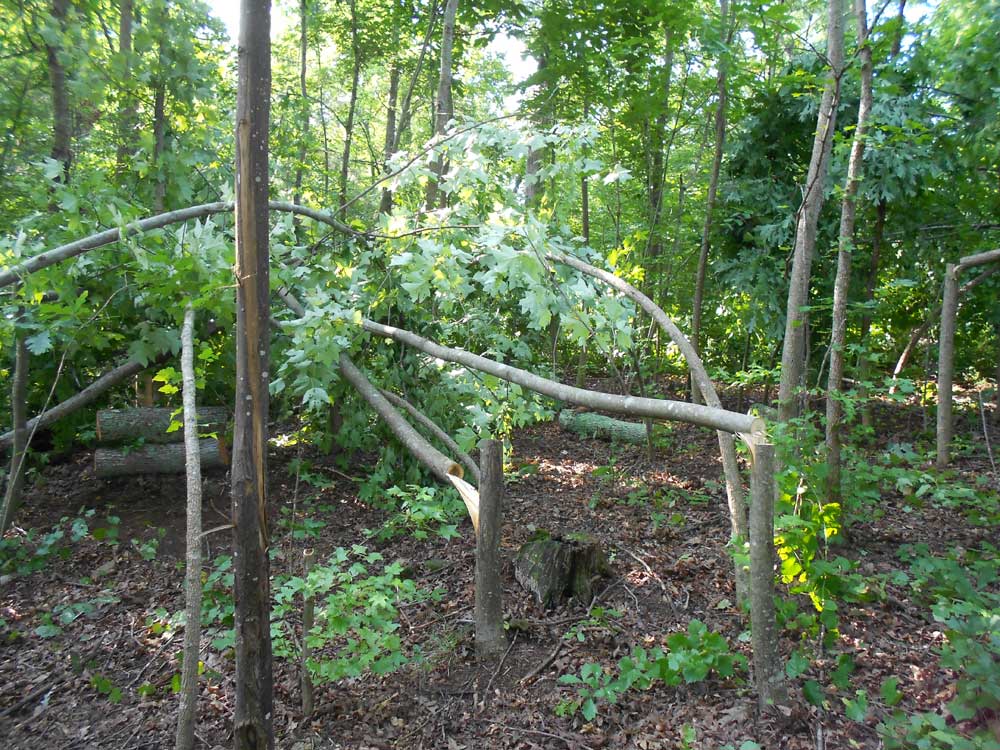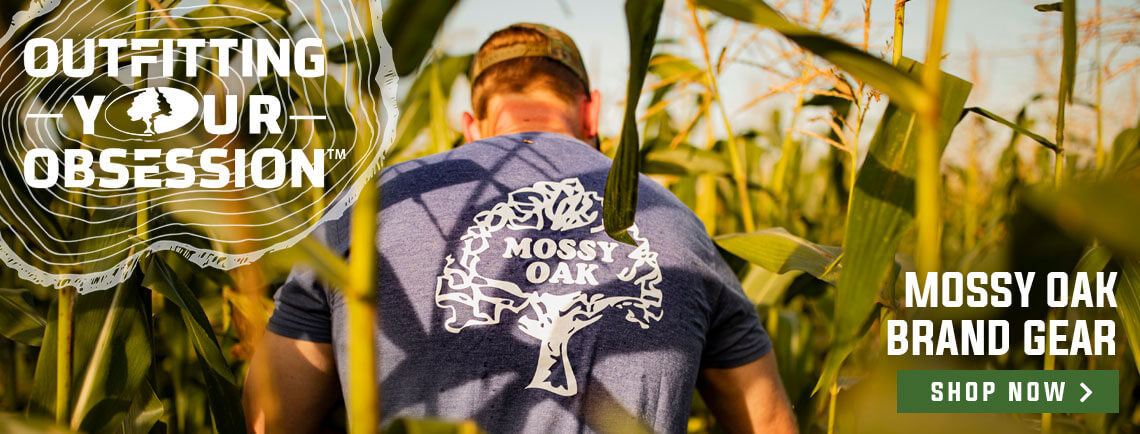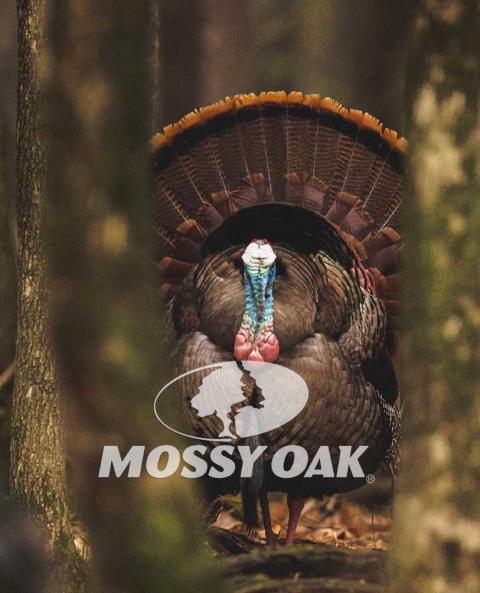Food plots aren’t the only way to improve deer habitat.
Bob Humphrey
Establishing and maintaining food plots is a great way to attract and hold more wildlife, but it’s not the only way. There are other steps you can take to improve deer habitat, some relatively inexpensive that may even benefit landowners as well as wildlife.

Timber Harvest - Opening the canopy allows more sunlight to reach the forest floor, promoting the growth of both woody and herbaceous vegetation. A selective firewood cut will do that and more. Stumps left behind will produce sprouts, a great source of woody browse for deer. You can stack limbs and brush to create brushpiles for rabbits or natural barriers to influence deer travel, or leave larger tops to create bedding cover for deer. Bare areas and woods roads created by skidders can be planted with clover to create mini food plots. Openings created by timber or pulpwood cuts will have the same benefits, and the income can be applied toward other land enhancement projects like food plots.
Release - Survey the land and look for preferred species like mast producing oaks, apples and persimmons. If you thin out the competition, you “release” these trees and shrubs so they can produce more wildlife food.
Plant - Mast orchards are a great supplement for food plots and by planting a variety of hard and soft mast producers you can significantly widen the window of wildlife nutrition. Species like apple, persimmon, chestnuts and some oaks will produce mast in a few years. Be sure to put cages or tubes around them so deer and rabbits don’t browse them too heavily in the fall and winter.
Hinge Cuts - The three components of wildlife habitat are food, water and cover, and it’s the latter that’s often lacking. Hinge cutting is a great way to create dense bedding cover for deer and other wildlife.

Establish Sanctuaries - Sometimes simply doing nothing can be beneficial. If you have enough acreage, consider setting aside certain areas as sanctuaries - places where you never go, and wildlife will be undisturbed. They’ll still travel in and out of sanctuaries, but may be less inclined to travel far from safety, and possibly onto the neighbor’s property.
Bob Humphrey is a certified wildlife biologist, registered Maine guide and award-winning outdoor writer and photographer.




























